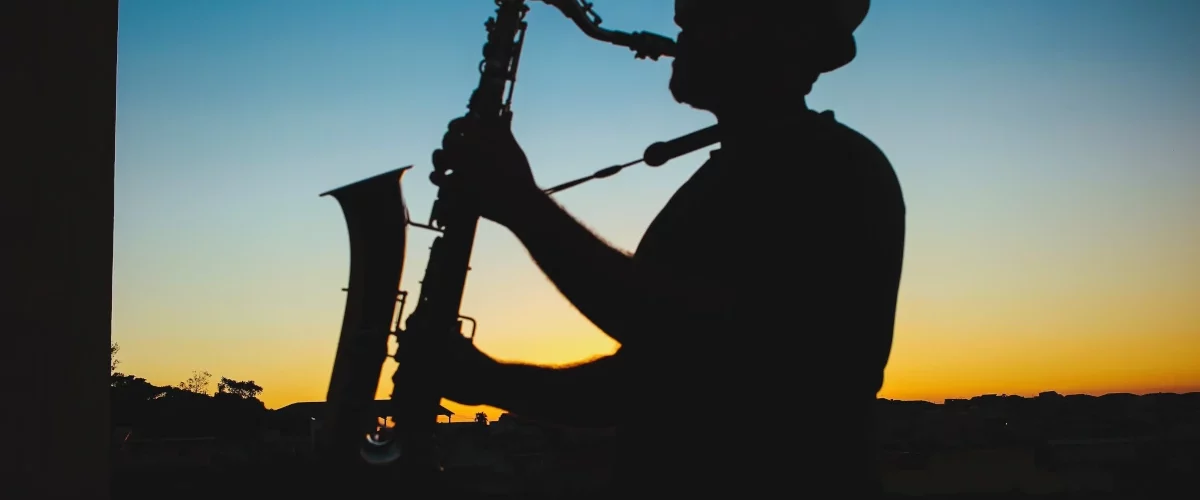Dive into the riveting world of Jazz and Abstract Expressionism, two art forms that reverberate with spontaneity and improvisation. This article unveils the enthralling parallels between the soulful melodies of jazz and the unrestrained brushstrokes of Abstract Expressionism. Through a rich tapestry of history, cultural impact, and artistic innovation, discover how these two seemingly disparate mediums harmonize in a symphony of creativity. Let the syncopated rhythms and vibrant canvases guide your journey into this captivating alliance.
A Creative Upheaval: Origins of Jazz and Abstract Expressionism
In the early 20th century, a whirlwind of innovation swept the art world. Jazz and Abstract Expressionism, although different mediums, emerged as icons of this change. They both bloomed in the United States, with jazz having its roots in African American communities, and Abstract Expressionism flourishing post World War II. Jazz, known for its improvisation, created magic through spontaneous melodies and rhythms. Similarly, Abstract Expressionism threw away traditional artistic constraints, giving birth to uninhibited brush strokes.
Now, consider jazz musicians like Louis Armstrong, whose trumpet solos epitomized the freedom jazz represented. Similarly, in the realm of painting, Jackson Pollock’s drip paintings became synonymous with the free-spirited nature of Abstract Expressionism.
Parallels in Spontaneity and Improvisation
Spontaneity is the heart of both jazz and Abstract Expressionism. In jazz, musicians often venture into improvisation, where they invent and alter melodies on the spot. This brings an element of surprise and emotion to the performance.
In contrast, but with the same spirit, Abstract Expressionist painters such as Willem de Kooning let their brushes dance across the canvas without premeditation. The result? Paintings that are raw, emotional, and spontaneous.
Additionally, both art forms reject the traditional notion of perfection. The beauty lies in the imperfections. A jazz musician may hit a note that’s technically “wrong”, but it adds flavor to the piece. Similarly, a painter’s unplanned stroke might bring depth to an artwork.
Cultural Expression and Impact
Furthermore, it has been instrumental in reflecting and shaping cultural identities. Jazz, for instance, became a form of protest and identity for African Americans during the Civil Rights Movement. Similarly, Abstract Expressionism allowed artists to communicate the complex emotions in the aftermath of World War II.
Take, for example, the works of Norman Lewis, an Abstract Expressionist painter heavily influenced by jazz. His painting “Magenta Haze” captures the essence of a jazz club, with its bold colors and dynamic lines. It’s no surprise that many artists of the time frequented jazz clubs, and jazz musicians, in turn, took inspiration from paintings.
The Timeless Legacy of Jazz and Abstract Expressionism
In conclusion, the symbiotic relationship between jazz and Abstract Expressionism reflects a deeper connection between different art forms. Both share the language of spontaneity, improvisation, and emotion. They stood as symbols of cultural expression, freedom, and rebellion against traditional norms. Even today, the echoes of jazz and the visuals of Abstract Expressionism continue to inspire and influence contemporary art.
So, the next time you listen to the soulful tunes of jazz or gaze upon an abstract painting, take a moment to appreciate the spontaneity and freedom that bind these remarkable art forms together.
More information about art awaits you at Luxpeer’s blog.
